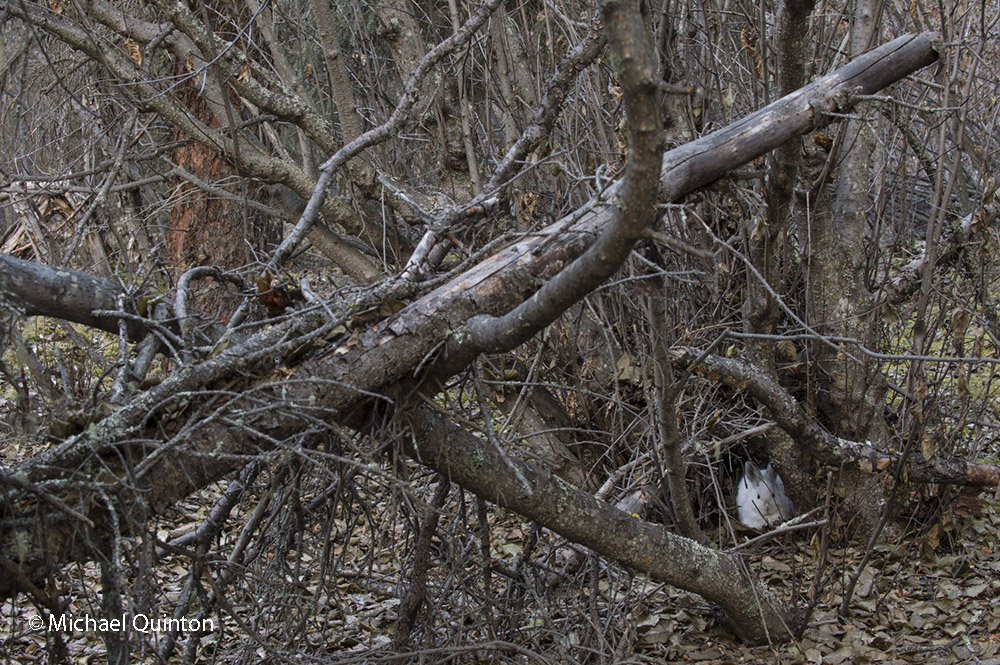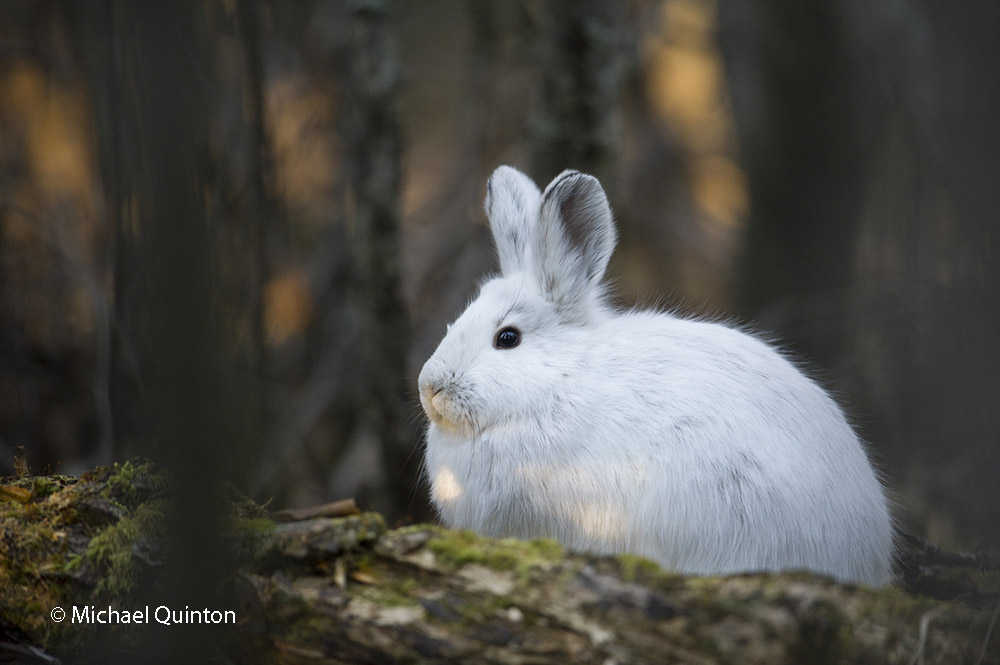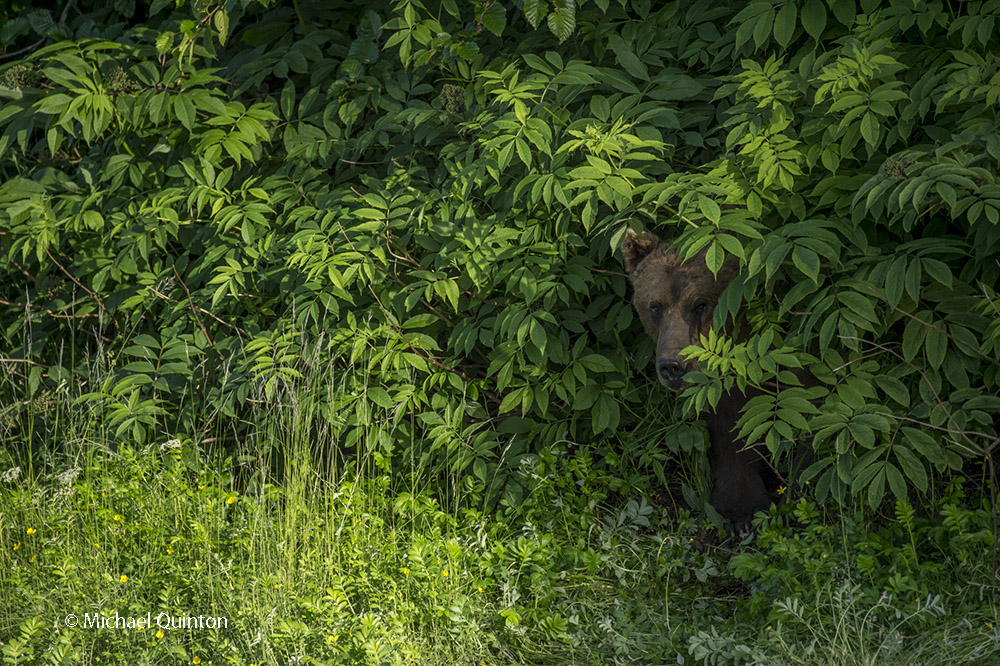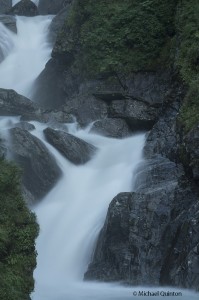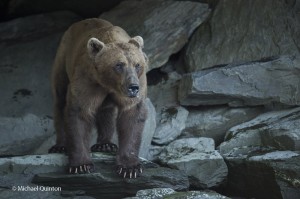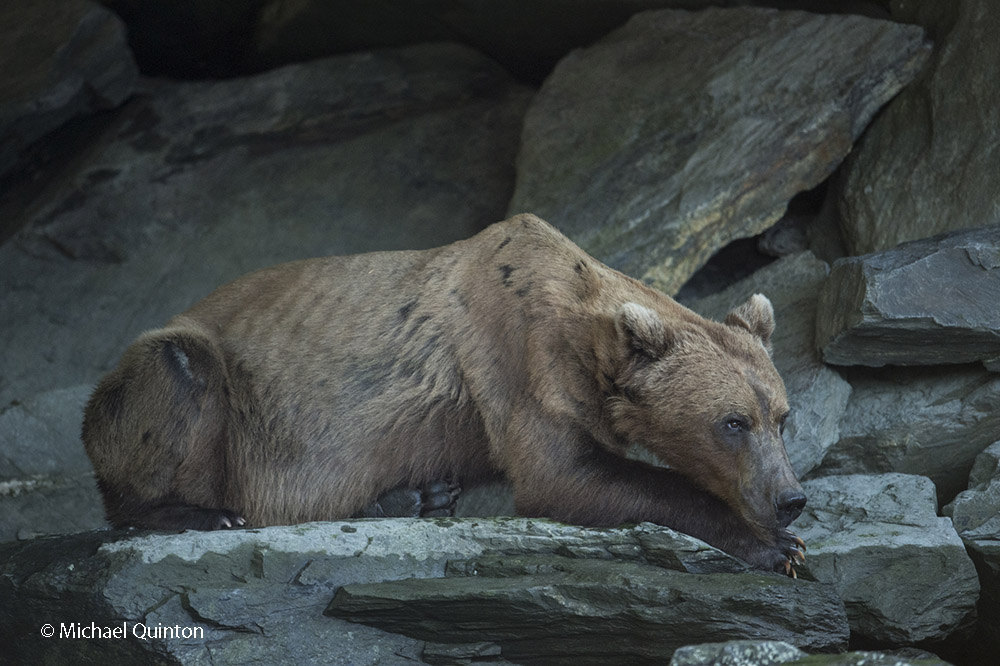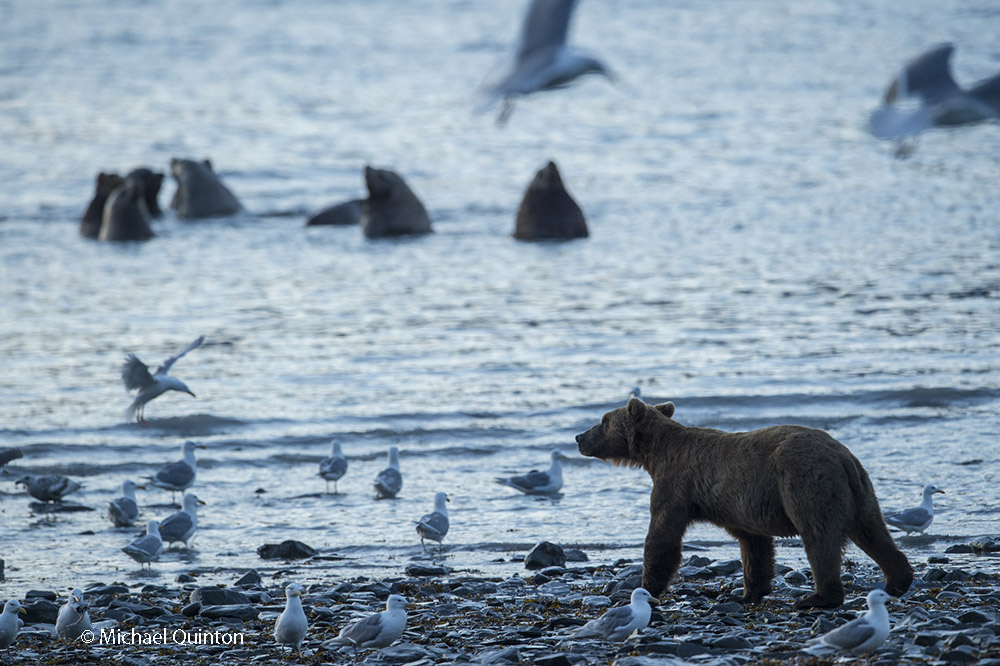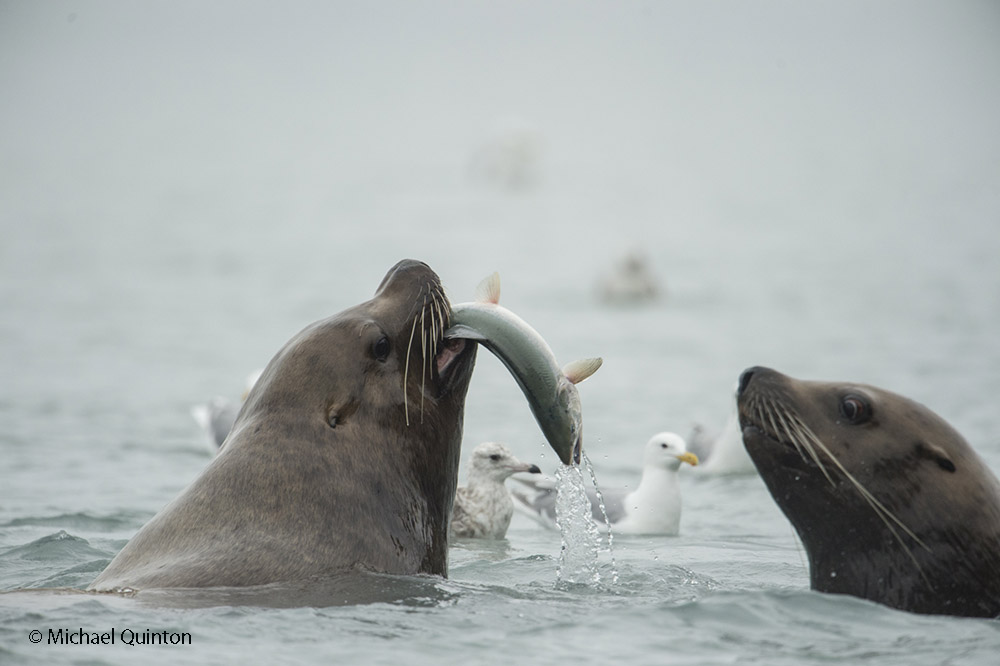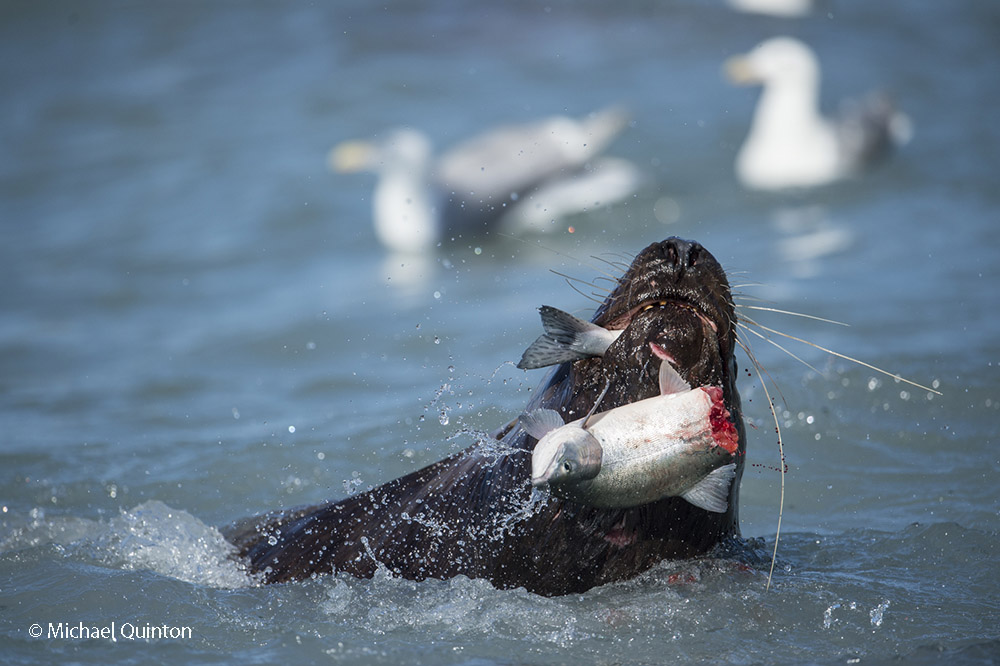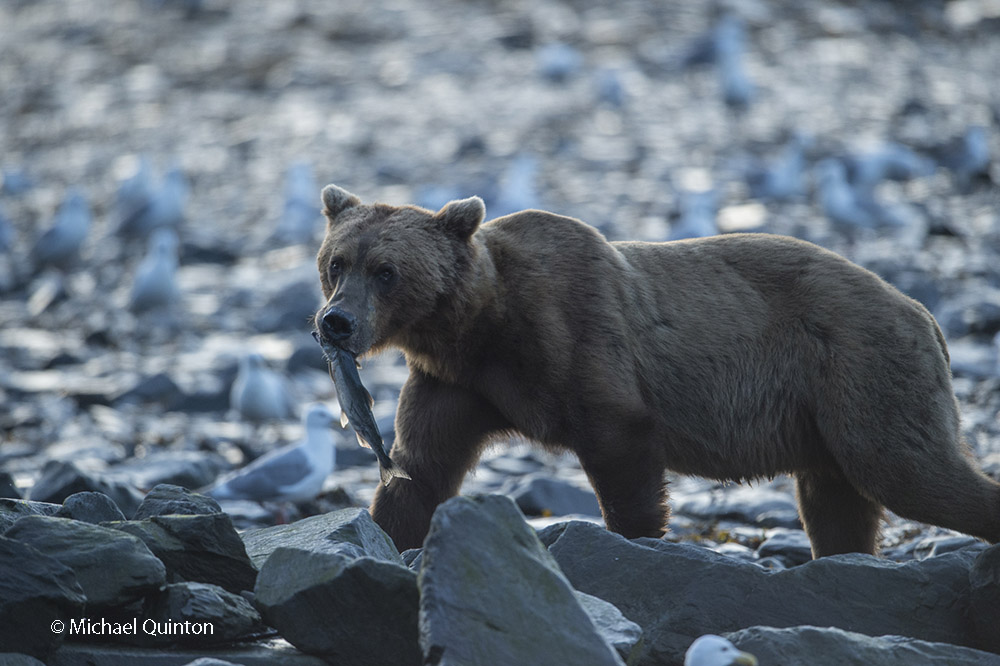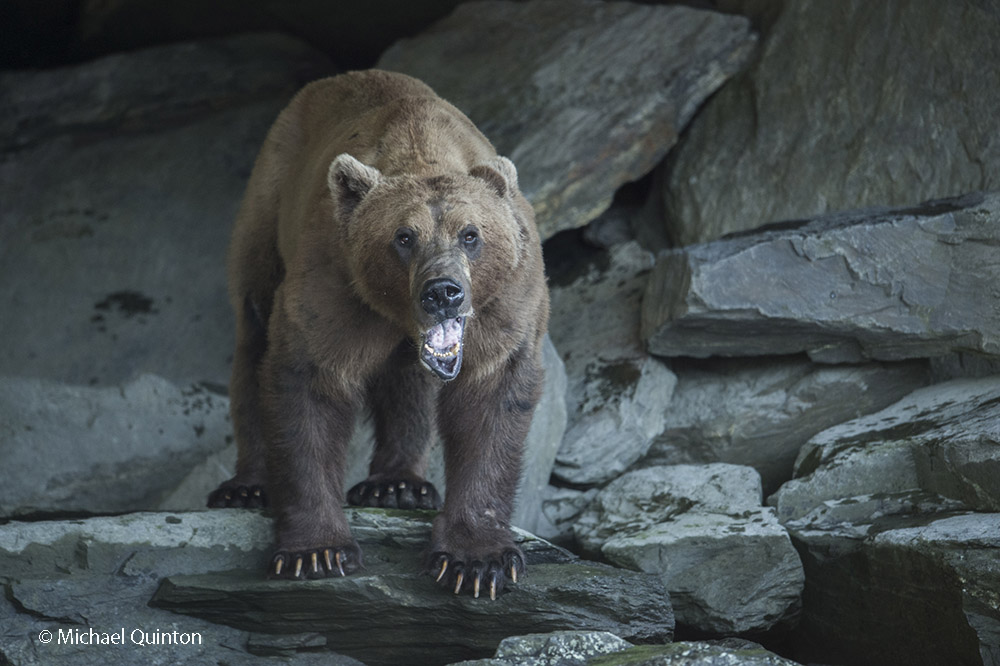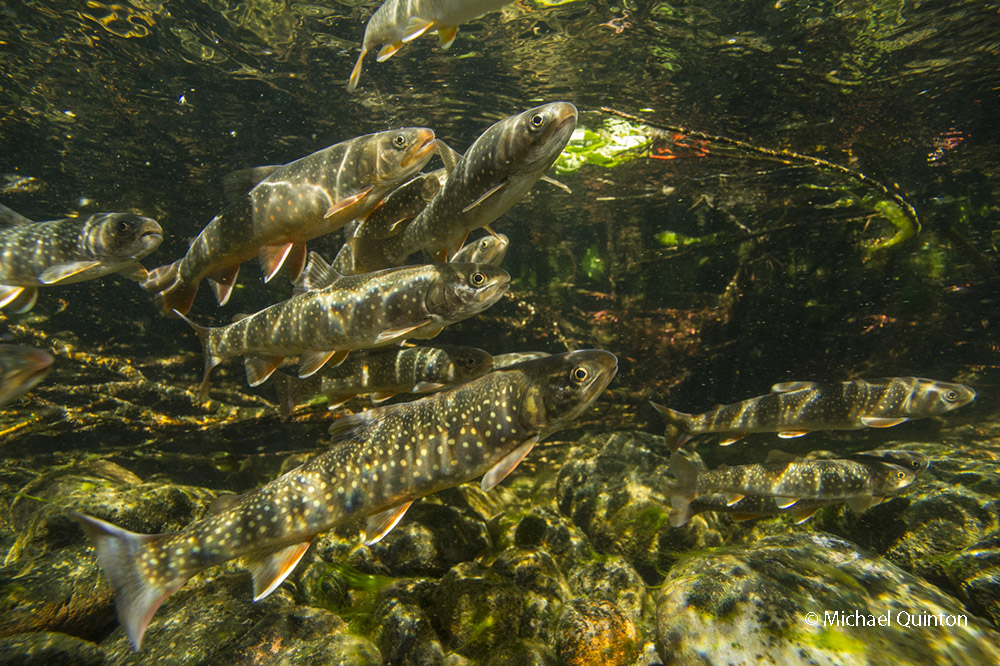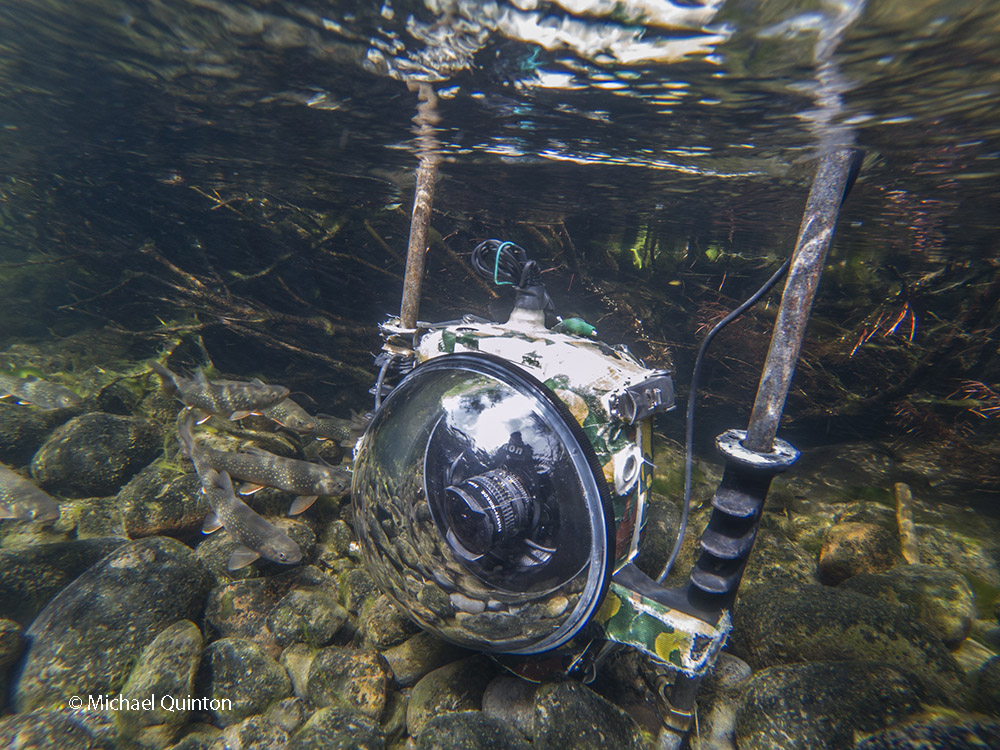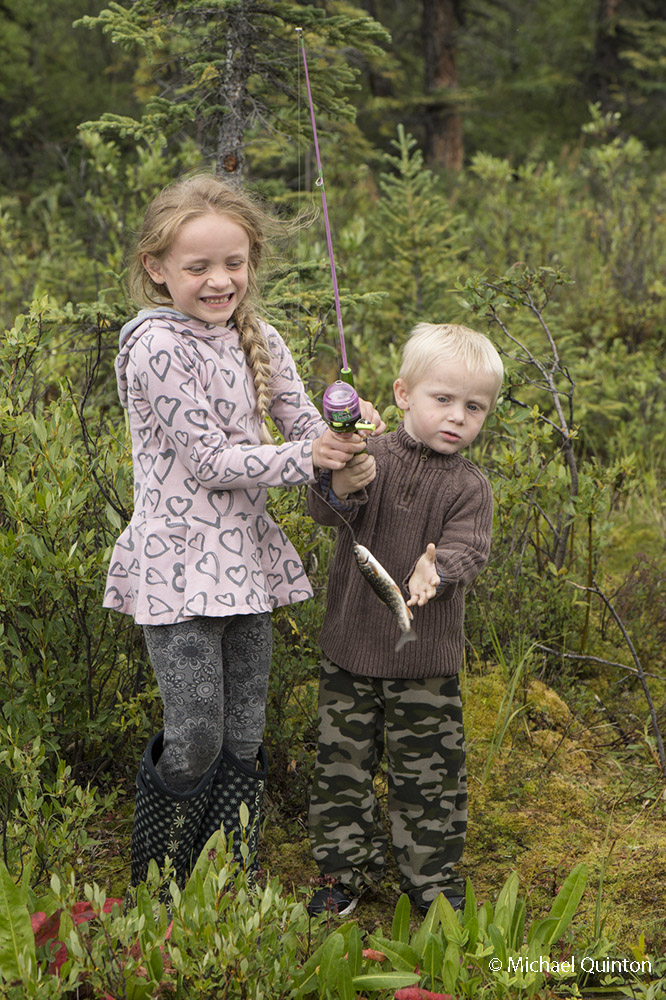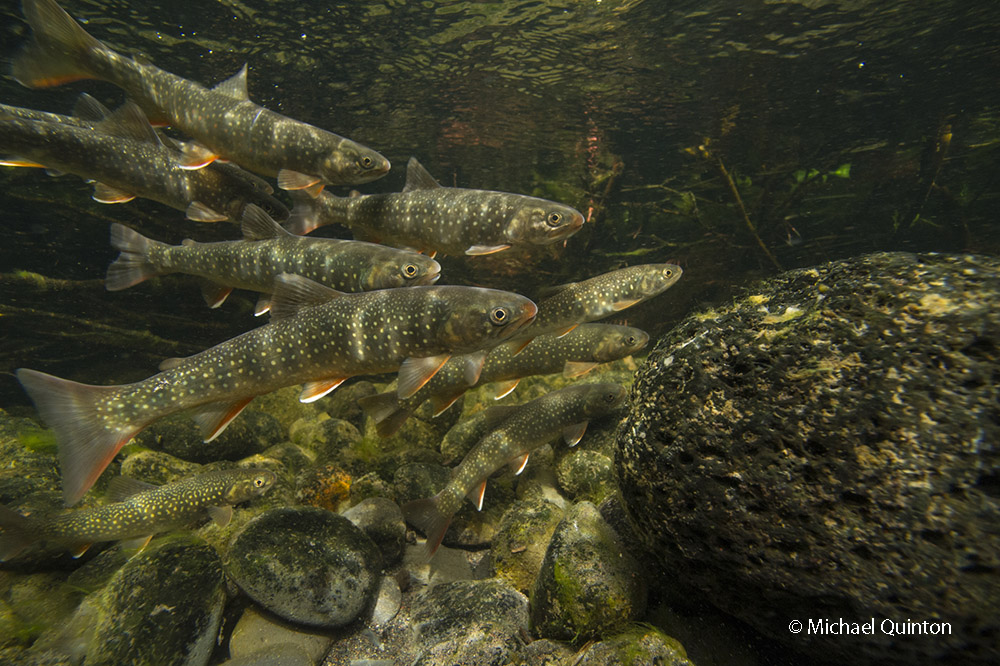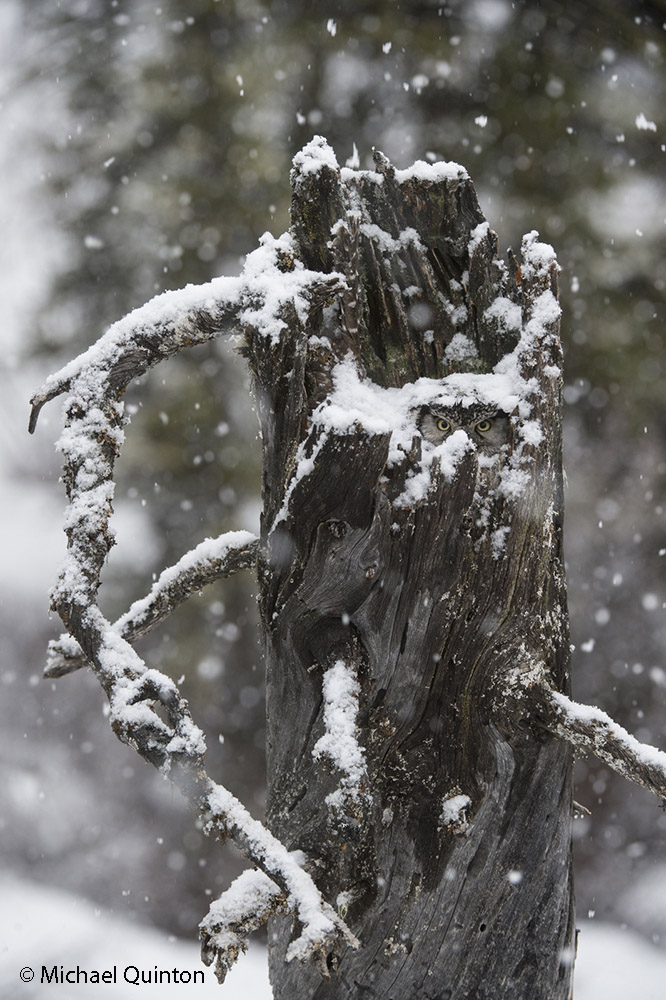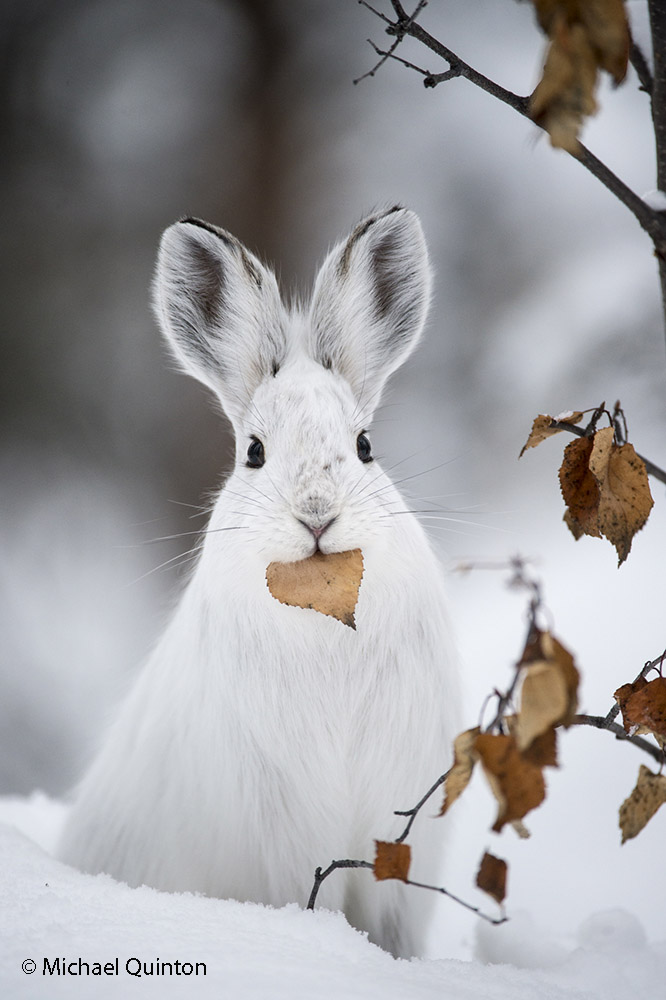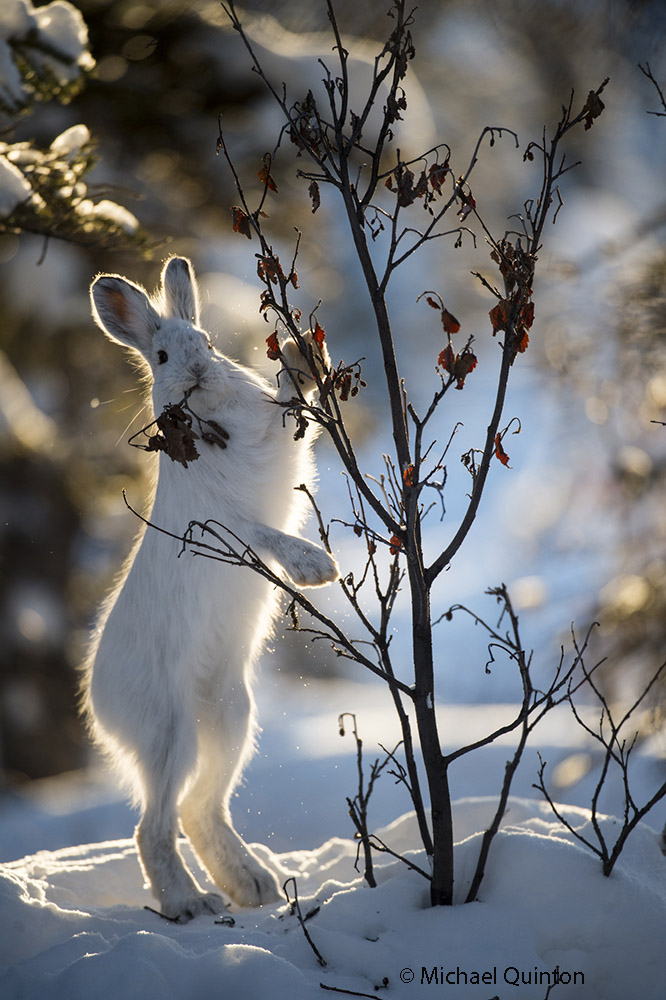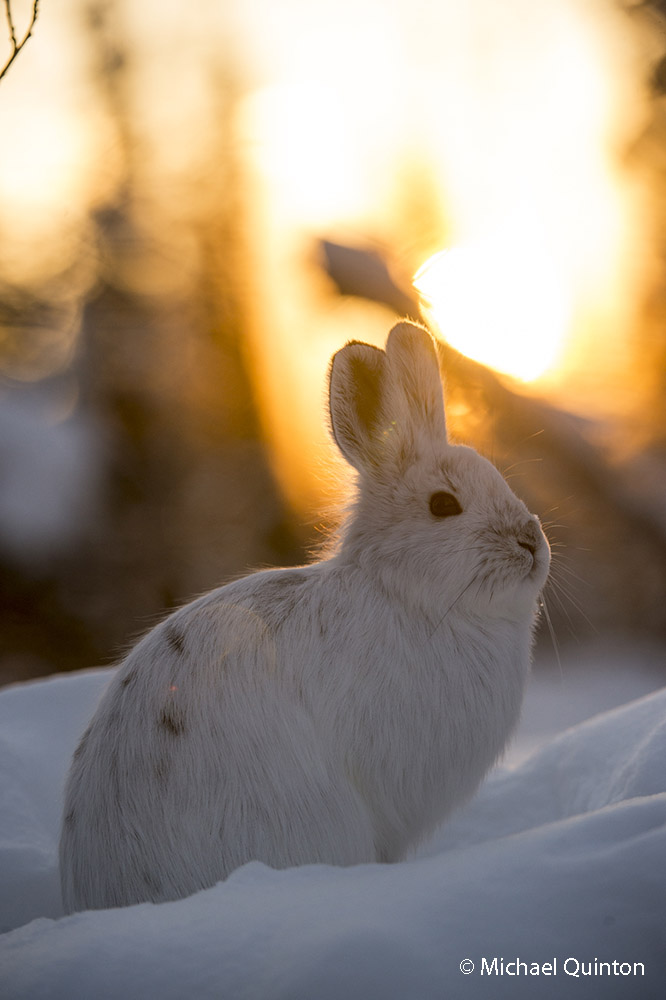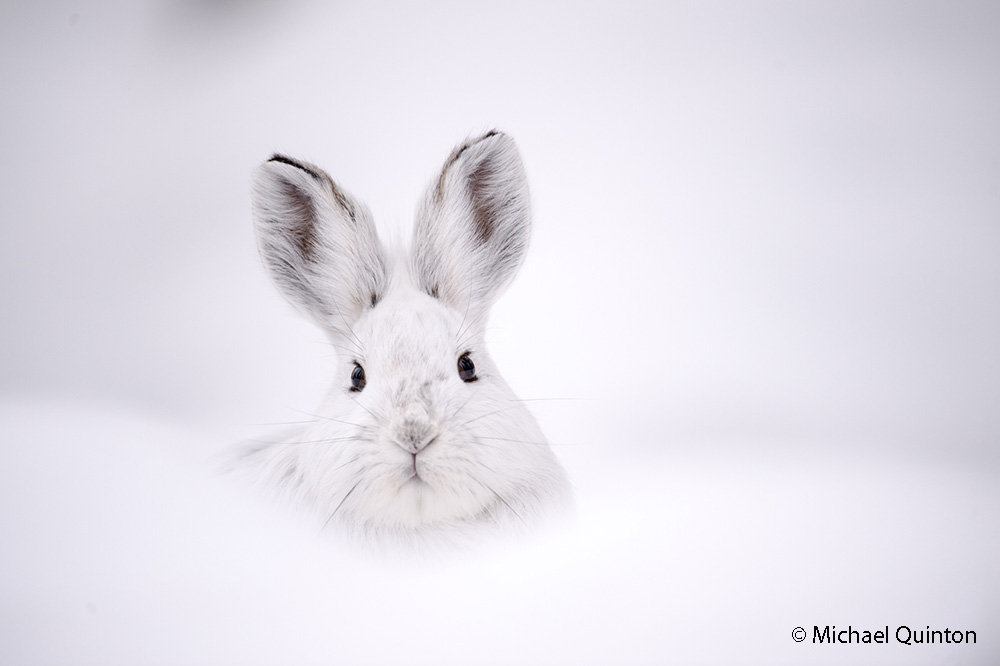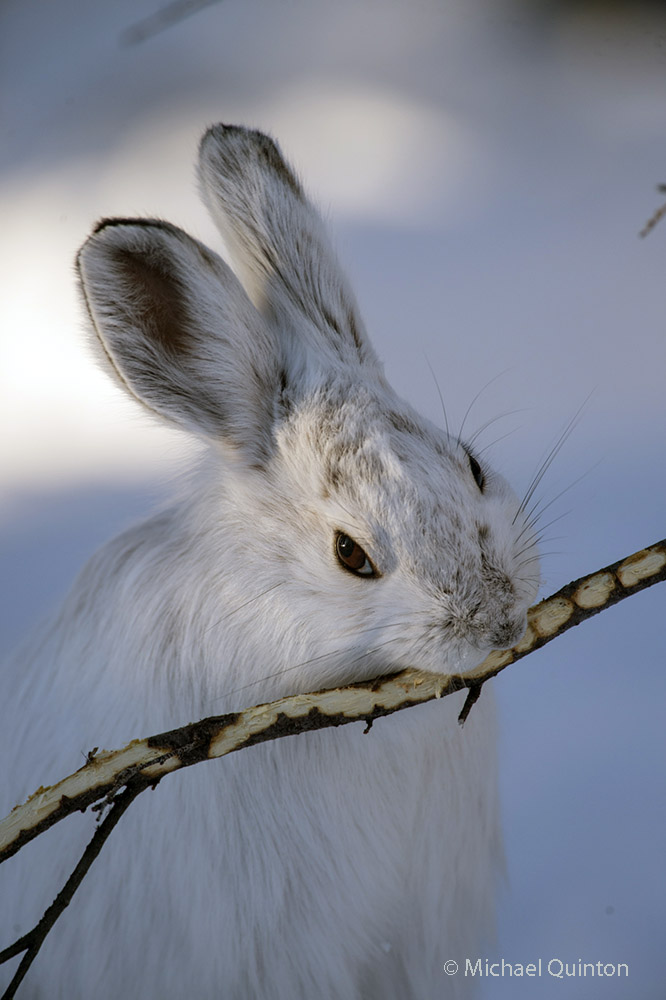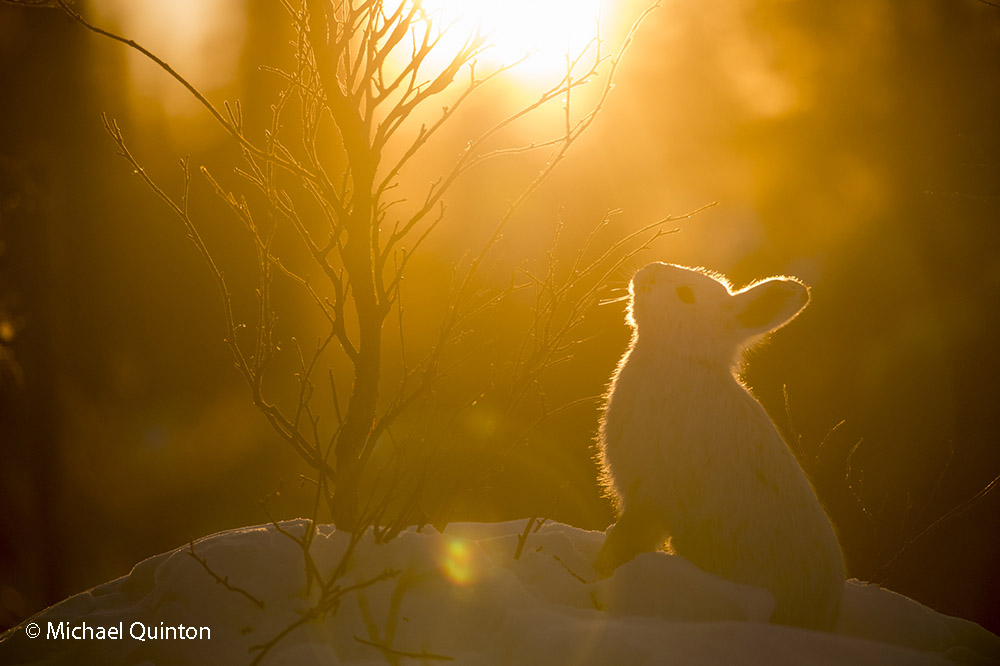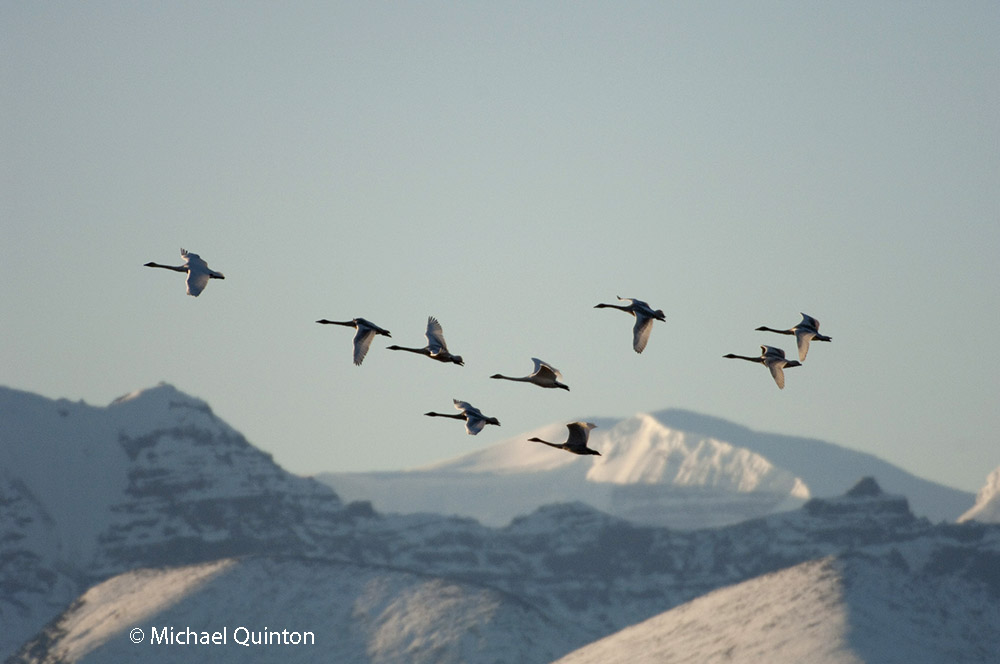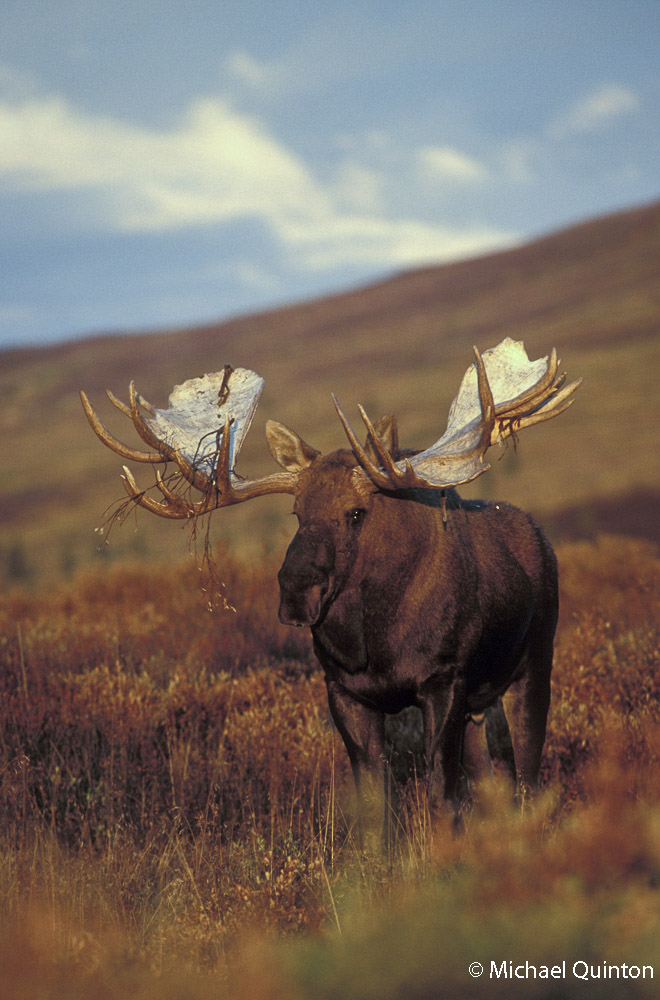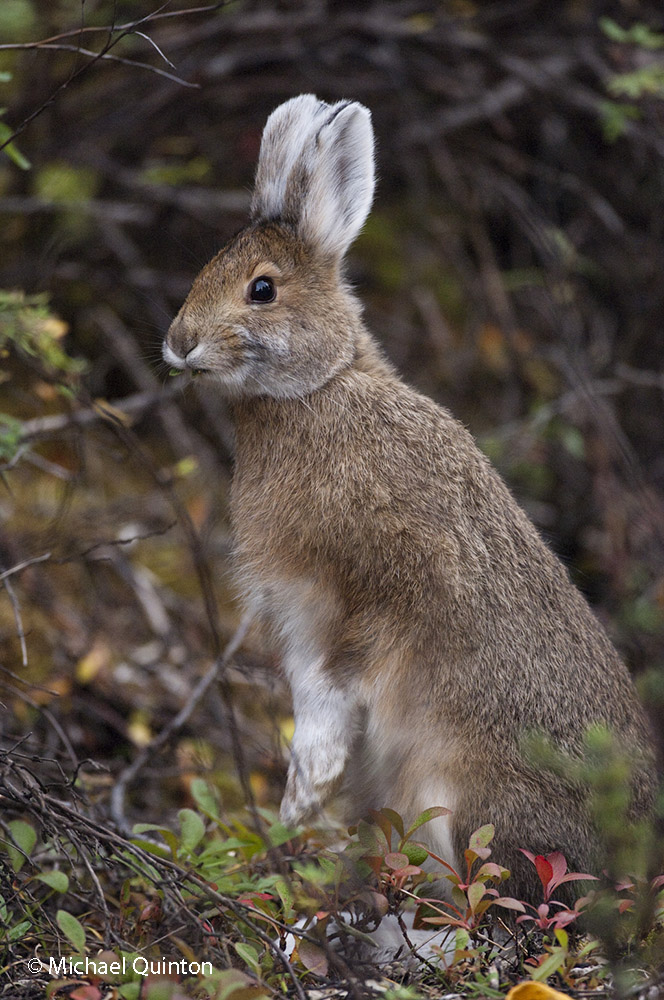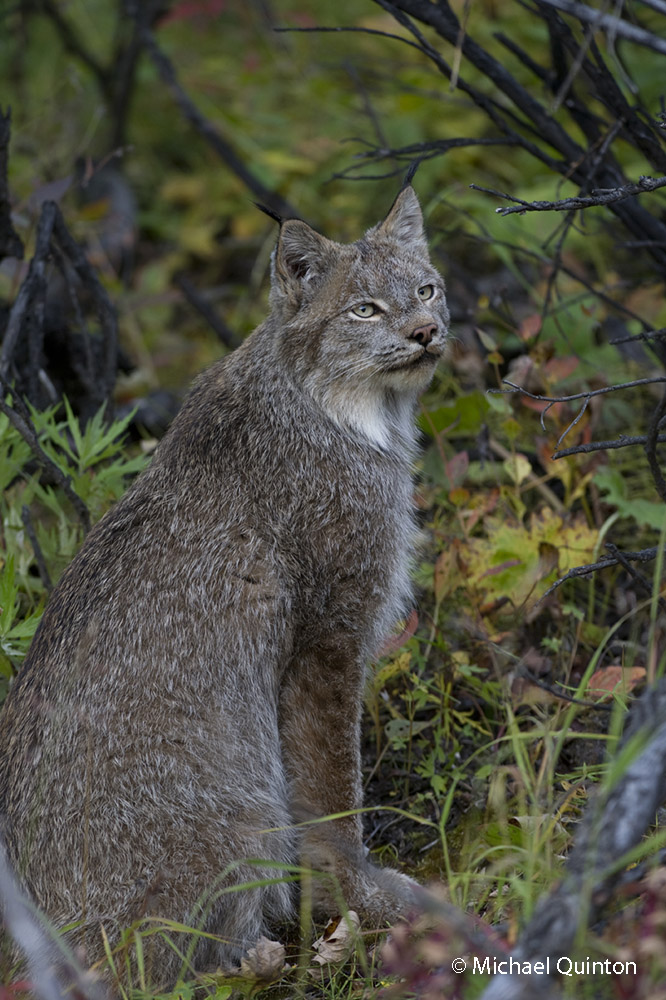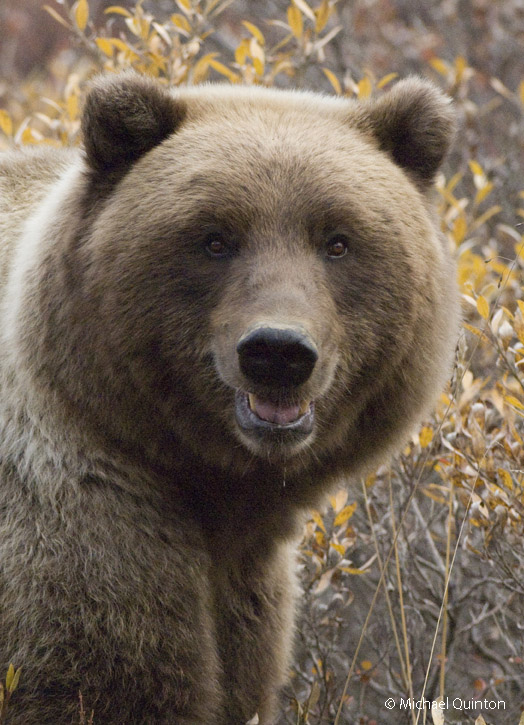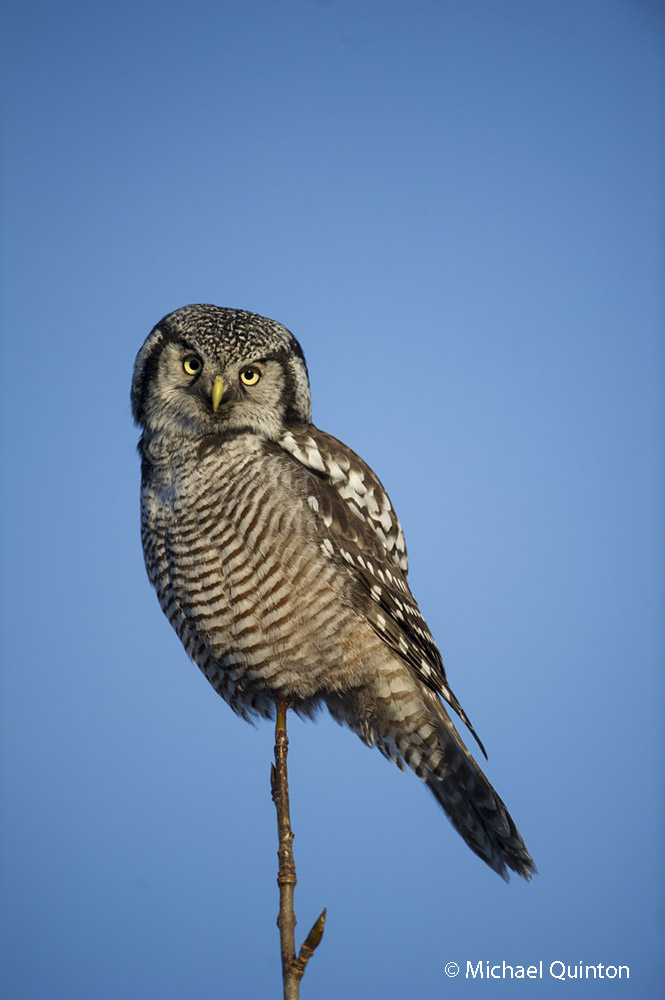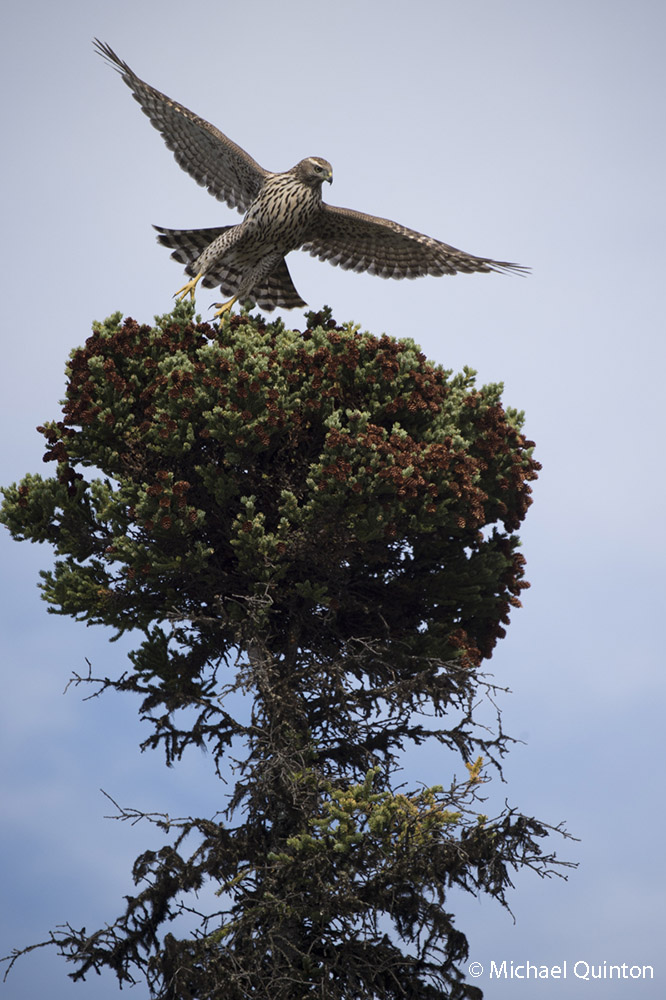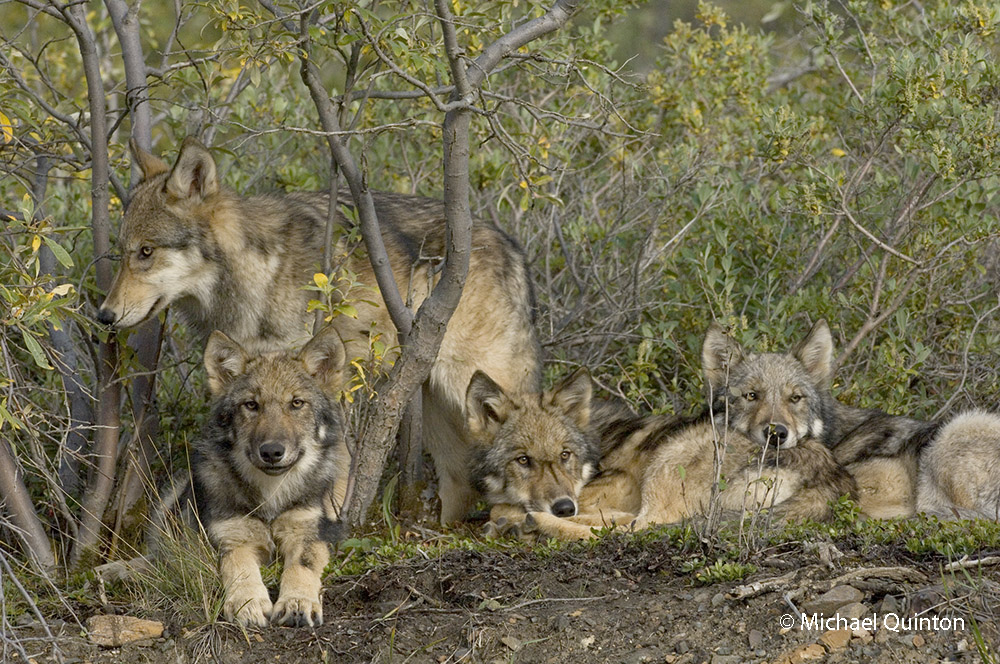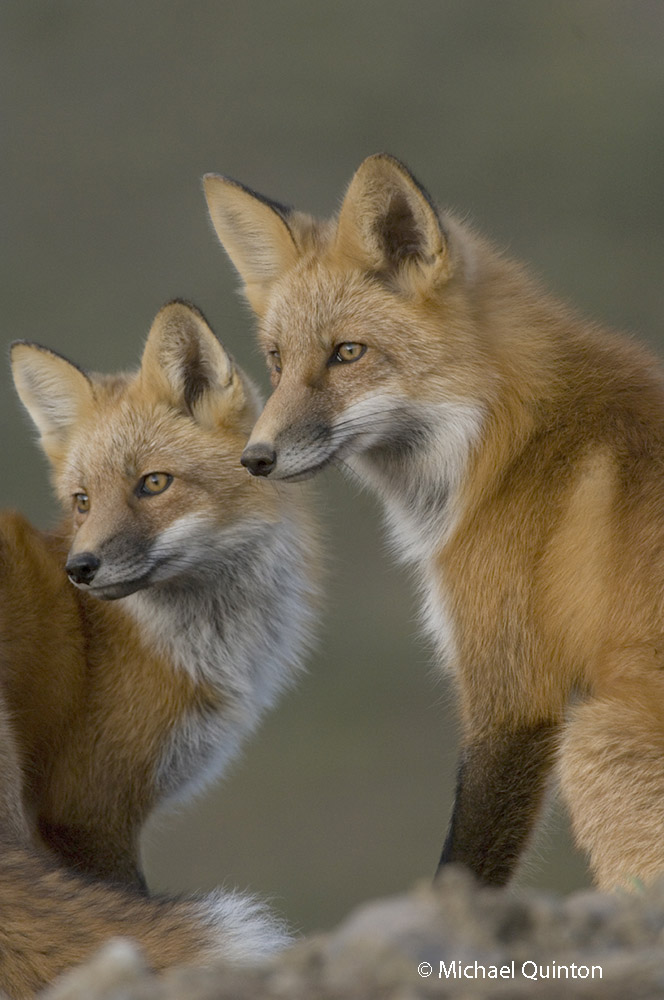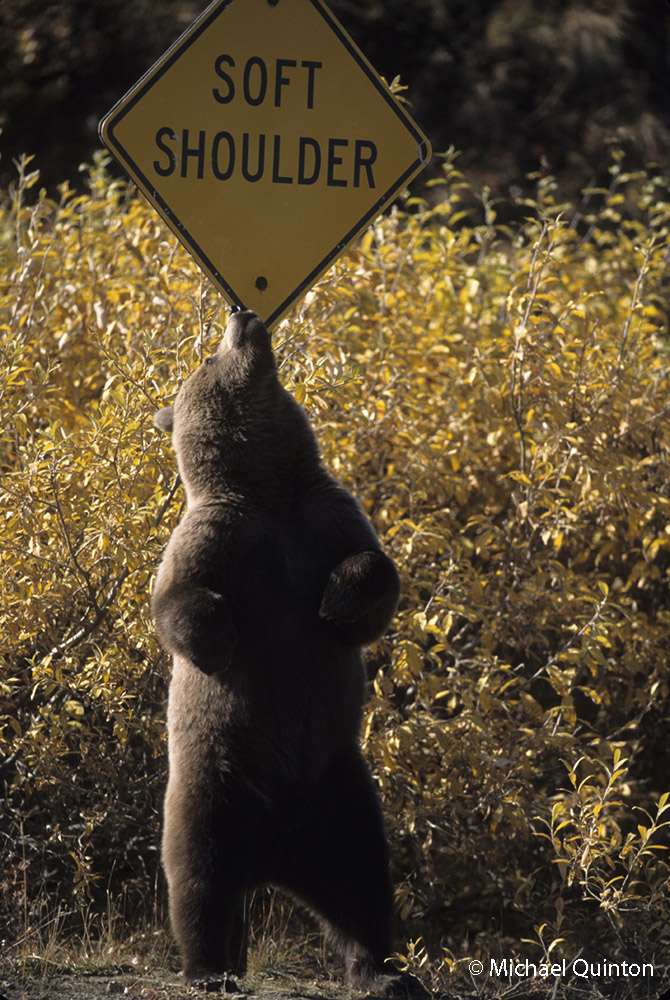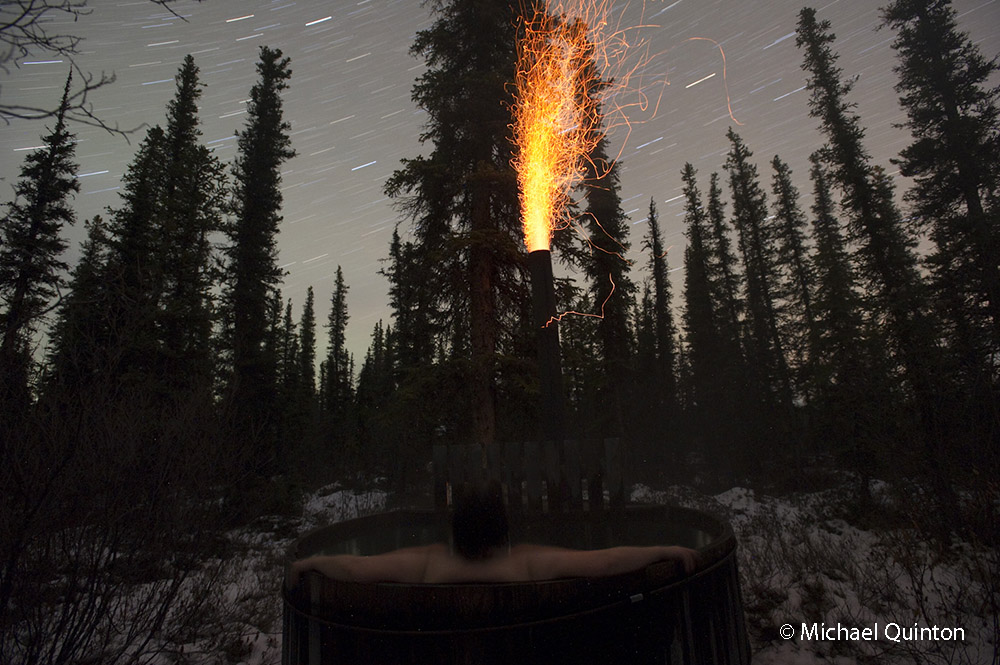 Relaxing in the wood fired Snorkel hot tub.
Relaxing in the wood fired Snorkel hot tub.
After supper, I built a fire in the hot tub. Overnight the temperature had dropped to about fifteen below zero F. and the temperature in the hot tub was down to about seventy degrees F. It takes about two hours to get the hot tub temperature back to one hundred degrees. Cindy and I jumped in and watched the stars and the occasional meteor streak overhead. An hour later we climbed out and got dressed in the nearby sauna, also heated with a wood stove.
I noticed a green glow of aurora borealis in the north and decided to take out a camera. I set the tripod and camera on the ice of Rufus Creek. The camera was set on interval timer to record a photo every ten seconds that I could later turn into a video. Returning to the house I told Cindy the aurora was really going for it so she got dressed for the cold and we went outside. I took along another camera and set it to record the aurora dancing over the house. We watched as the aurora went crazy. But it was getting chilly so I suggested we walk out to the hot tub and check the temp. I slide the lid over and the thermometer read 106 F. A bit on the warm side but tolerable so we stripped down and jumped in. And for the next hour we relaxed in luxury and soaked it all in.
 Aurora borealis dancing over icy Rufus Creek
Aurora borealis dancing over icy Rufus Creek
Below are the videos I made.

